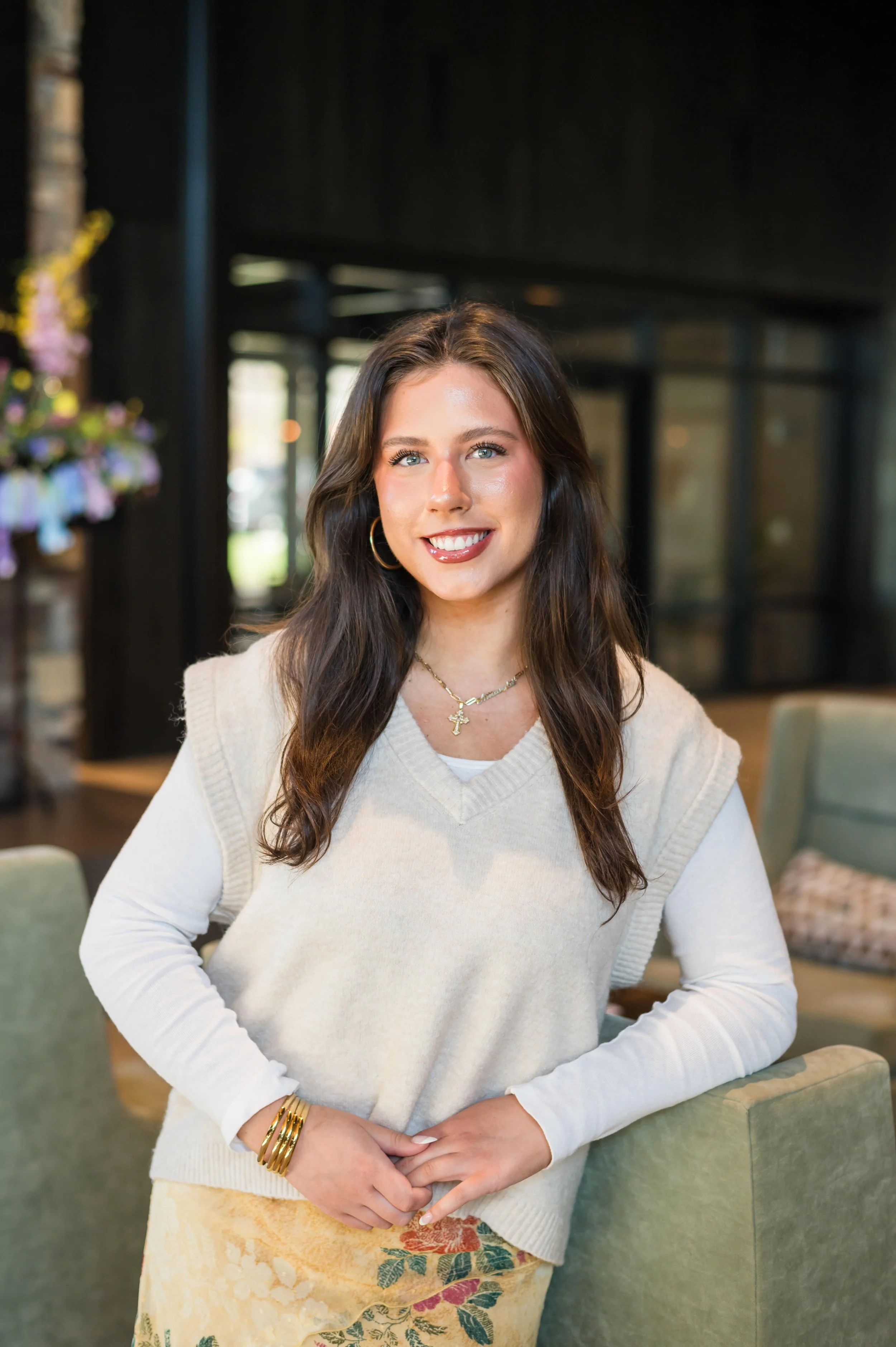Social Media for Social Change: Harnessing the Power of Social Media for Gen Z
Loneliness has always been my biggest enemy in my life. It crept into my room at night whispering lies into my head. “You are not good enough, you are not smart enough, you are not pretty enough, you don't add anything to this world, no one loves you.” As a ten-year-old girl, I didn't understand where this was coming from. I had a great life. Friends, family, food, water, and a place to live. This monster continued to haunt me for years. From moving across the country twelve times growing up and having to start over so many times to going through the most difficult heartbreak I’d ever experienced. I was ten years old when I realized I was experiencing depression for the first time. As a young girl, I was dealing with many changes in my life. Friendships ended, feeling uncomfortable for the first time in my skin, trying to find out who I was and this only continued into my high school years and adult life.
In high school, I felt an overwhelming sense of loneliness and misdirection in my life thus far. This was the first time I ever reached out for help regarding my mental health. This was a huge moment for me as I had to put my fear of how I would be perceived aside to share my lived experience and receive the support I needed.
As I reached college, I took a look around and realized for the first time that I was right back where I started, and depression had set in once again. As I felt this overwhelming loneliness, I began seeking community online. I began scrolling on Instagram and Facebook and came across many pages and groups that were going through similar situations as me. The community on social media made me feel extremely seen and heard. I felt less alone and inspired to share my lived experience and to use my experience to help someone else.
Social media can be a tool that brings together people worldwide to have the opportunity to learn, connect, and grow with one another. However, it can also be a place where negativity and hate lives.
Especially when it comes to mental health, there is a plethora of misinformation and misunderstanding of what mental health entails especially for youth and young adults. So, how can we connect? How can we advocate, support, and engage with youth and their mental health?
Social media can be a double-edged sword. Social media can be used as a tool to bring people all across the world together to share, learn, and engage together. On the other hand, social media can also be a hub for targeted negativity. As changemakers of mental health, we have to be aware of both sides when creating engaging and representative content for our audience.
How do we accomplish this? How do we harness the power of social media to promote social change, especially in our youth and young adults? Your first task is to absorb, absorb as much current social media trends and content that is being posted on the most popular social media platforms. Put yourself in your target audience's shoes. What are the trends that you see being recreated that you can take and make your own?
Once you have created the content, take note of the most popular social media platforms that youth are interacting on. Instagram and TikTok are currently some of the most used platforms among the youth and young adult age range. This allows us to connect and accurately represent those who we are creacreatetent around.
This combination of resources and informative information on your cause and trending social media content creates a safe space to allow for engagement and interactions with your audience that allows individuals to pursue acting on social changes that you are working to bring attention to.
In conclusion, as new generations rise to become changemakers how, to advocate, support, and engage with youth and young adults will change. Adapting how we connect with the youth is extremely important. Social media acts as the bridge that connects missions and causes to the youth who are the audience we aim to be our changemakers. Meeting these young adults where they are allows us all to work towards a common goal of making the world a better place.
Written by Amanda Anderson

